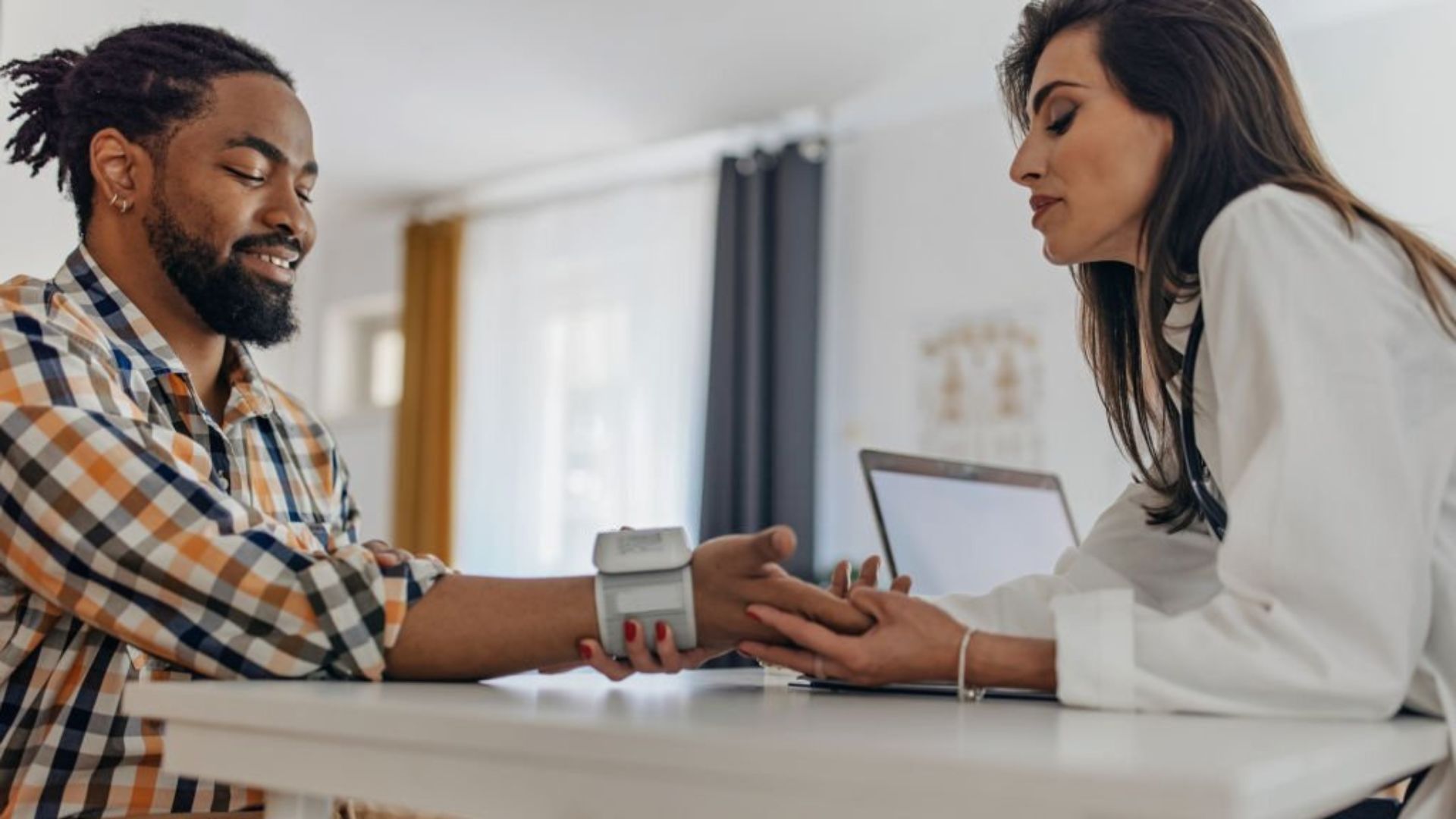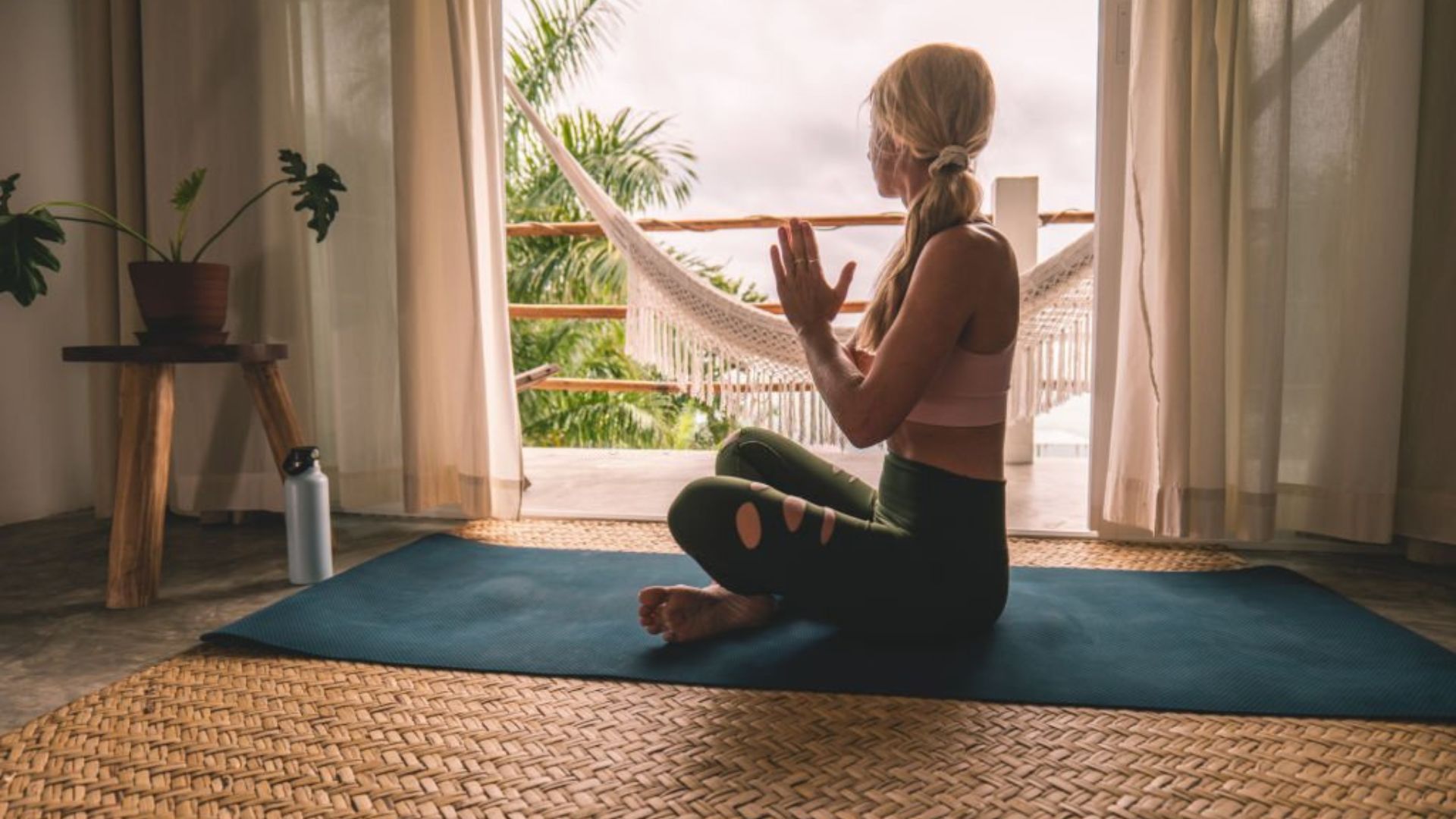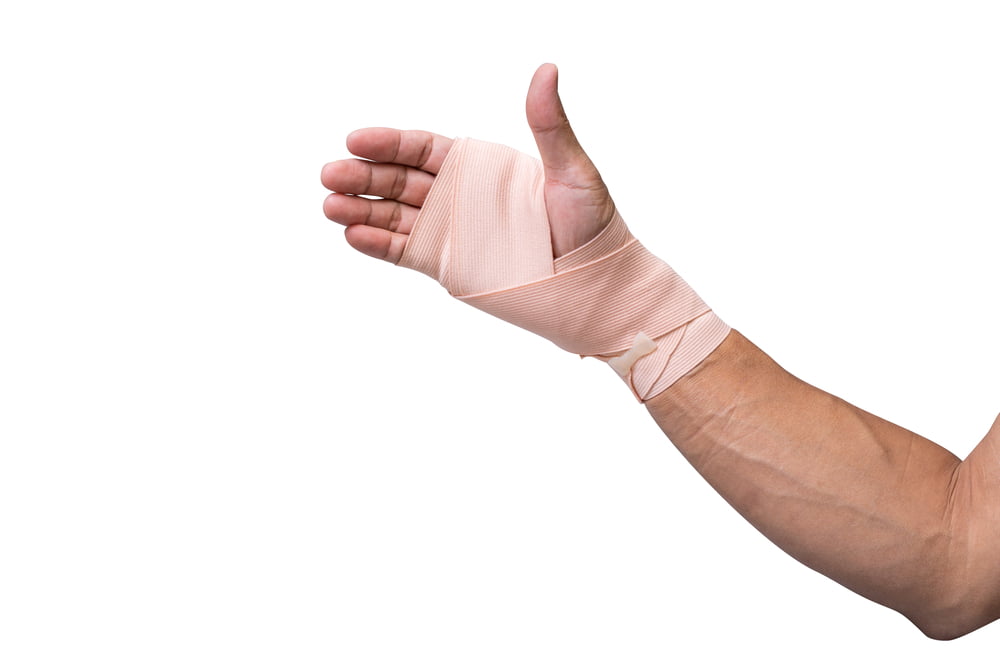
What to Do When You Get Injured During Training ?
This group of injuries:
Muscle and tendon damage (hematoma and / or tear)
Joint and ligament damage (dislocation and / or tear)
Soft tissue injuries associated with fractures
Acute Soft Tissue Injuries

If the muscle, tendon, or ligament is damaged, the blood vessels will also rupture. Therefore, bleeding occurs and rapidly spreads to adjacent tissues. Bleeding causes swelling, swelling causes an increase in pressure in surrounding tissues, which causes an increase in tension and sensitivity. Increased pressure causes pain in sensitive tissues, and the combination of bleeding, swelling and increased pressure negatively affects the healing process. If this cycle is broken, recovery is accelerated. Prevention and control of bleeding is extremely important in soft tissue injuries. The intervention should be done immediately and correctly. The most important factor affecting recovery is initial intervention. When the bleeding is controlled, some blood remains in the tissues and this blood must be removed. This function is performed by lymphocytes. At the injury site, scar tissue and a weak spot remain in the injured muscle, tendon, or ligament, which increases the risk of re-injury.
A. First Responder:

Examination
• The severity of the injury at the site of the injury should be evaluated by the injured athlete or coach. If there is any doubt about the situation, a more careful examination should be done in a quieter place, for example in the locker room.
• Necessary clothes should be removed so that an appropriate examination can be made in the injured area. Bandages, protective pads etc. must be removed.
• The occurrence of events should be analyzed. How the injured athlete described the occurrence of the injury and what symptoms occurred should be listened to.
• The injured athlete should be examined in line with this history and checked for bleeding, swelling and open wounds or any abnormal symptoms.
• A simple functional assessment of the injured area should be made. Can the athlete perform the normal movements of this area without any load or painlessly when a load is applied?
• The surrounding tissues of the injured area should be examined to see if there is swelling and tenderness in these areas, whether there is an injury to the bone or whether any soft tissue defect is felt.
If there are signs of pain during movements or when loading, along with swelling and tenderness, treatment should be done as follows:
# 1 Cold Application
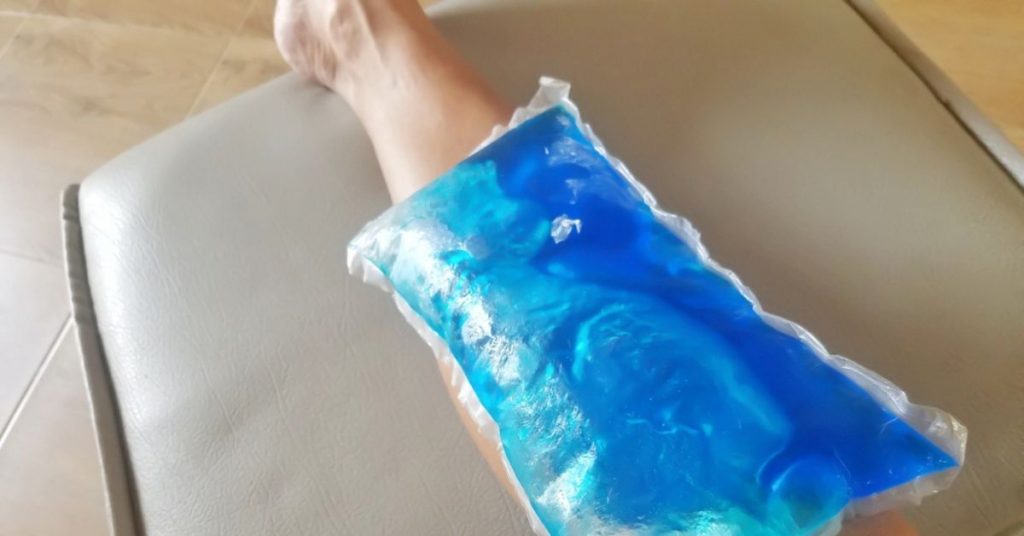
When soft tissue injuries occur, the priority is to control or stop the bleeding because the bleeding causes swelling, pain, and tenderness. As a general rule, the less the bleeding, the faster the removal of bleeding to the surrounding tissues and the less scar tissue will be formed in the injured tissue. For this reason, in soft tissue injuries, it is important to reduce bleeding as much as possible by cold application, compression bandage, elevation of the injured member and resting. This will allow the body to initiate and perform its homeostatic functions more easily.
Benefits of Cold Application:
It helps the athlete to feel better and encourage him to return to sports activities by reducing local pain. The coach has an important responsibility here. If the athlete needs a cold application, continuing the activity more will delay recovery.
The contraction of blood vessels as a result of cold application reduces the blood flow to the injured area. Less swelling occurs and the healing process occurs faster.
In severe soft tissue injuries and skeletal injuries where bleeding occurs, the injured person should not return to sports before complete recovery, otherwise their future health will be endangered.
For cold application to be effective, it must reach the injured deep tissues and use the appropriate method. Cold application needs to be applied long enough to be effective, and generally the larger the injured muscle or joint, the longer the cold application should be applied. A cold application should be applied to the ankle or knee joint for at least 30 minutes and to an injury in the thigh muscles for 45 minutes.
Continuous cold application should be aimed as much as possible in the first 2-3 hours following the injury. By controlling the color of the skin, the first cold pack pad should be changed after 30-45 minutes, and the cold application should be applied 30 minutes per hour to reduce pain within the next 3-6 hours.
# 2 Compression Bandage

A compression bandage should be applied while applying cold to the injured soft tissue. The aim is to reduce bleeding in the injured area and to facilitate the healing process of the injury. Compression bandage usually consists of applying an elastic bandage that applies a certain amount of pressure together with an ice pack, and both cold application and compression effects occur at the same time.
The compression bandage should continue after the cold application is completed. It is then replaced with a supportive bandage or tape.
# 3 Rest

As a general rule, the injured athlete should rest for 24-48 hours and the injured area should not be exposed to any load. Therefore, it should be supported in the area where the injury occurred, during the transfer home or to the doctor.
# 4 Elevation
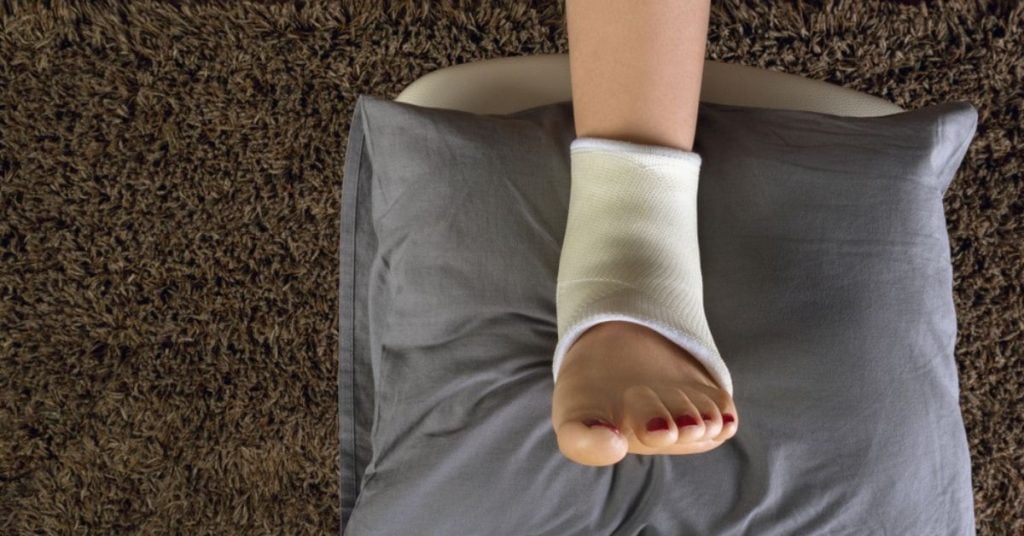
When the injured area is elevated, there is a decrease in blood flow to that area, it becomes easier to remove the blood in that area and thus swelling is reduced. If the injury is in the leg area, the injured person should be supported by positioning the leg at a 45 degree angle while lying on the back. This position can be achieved by placing 4-5 pillows or a stool under the leg. If there is severe bleeding and swelling, the injured area should be kept in elevation for 24-48 hours. Then, whenever possible, the injured area should be elevated.
When to apply Warm Application: If a hot application is applied to an injury in the acute phase, blood vessels dilate and the blood clotting process is disrupted. The amount of fluid in the tissue increases, which increases bleeding in the injured area, swelling and pressure increase in the surrounding tissues. These cause severe pain and slow the healing process. For this reason, the heat application should start 48 after the injury at the earliest, the same rule applies to massage application.
Generally Pain reduction: Cold application, compression bandage and rest reduce pain in soft tissue injuries. Pain medication should be avoided initially because it can complicate subsequent treatment if further investigation and examination is required.
B. Treatment of Soft Tissue Injuries in the First 24-48 Hours
In soft tissue injuries that do not require medical treatment but have bleeding, pain and loss of function in the injured area, the following applications should be made:
• If the aim is to relieve pain, apply more cold
Compression bandage replaced with a supportive bandage after a few hours
• Rest: until symptoms no longer appear
Elevation: positioning the injured area above the heart level.
C. 24-48 hours post treatment: varies according to the injured area and the type of injury. However, in soft tissue injuries, weight should not be placed on that extremity without a real diagnosis. In case of severe bleeding, persistent pain and loss of function, and if there is any doubt about treatment, a doctor should be consulted.
Medical Treatment Should Be Sought Urgently in The Following Situations
1. Loss of consciousness, persistent headache, nausea, vomiting or dizziness after head trauma
2. Difficulty in breathing after blows to the head and neck area
3.Pain in the neck area after an impact, whether it spreads to the arm or not
4. Abdominal pain
5.Blood in urine
6.Fracture or suspected fracture
7.Severe joint or ligament injury
8.Muscle or tendon injuries
9. Dislocations
10. Eye injuries
11. Deep tissue injuries with bleeding
12. Injuries caused by severe pain
13. Any injury in which the severity, diagnosis or treatment is suspected
The injured Athlete should seek medical treatment within 24-48 hours if they experience:
Persistent pain from injured muscle, tendon, ligament or joint
Severe pain
TREATMENT METHODS
In order for injuries to heal as desired, they must be treated correctly at the right time. This treatment is based on the correct diagnosis and the main responsibility belongs to the doctor, but the patient, trainer, physiotherapist should work in cooperation as a team. As a rule, good teamwork ensures the best results.
Sports injuries are injuries that usually occur following an acute and severe trauma. In such a situation, urgent intervention is required to prevent and control bleeding and swelling. The sooner the treatment is started, the faster the healing process will occur.
Other sports injuries are overuse injuries and treatments must follow a certain order to be successful. These treatment methods will be given in this section.
Rest and Relaxation
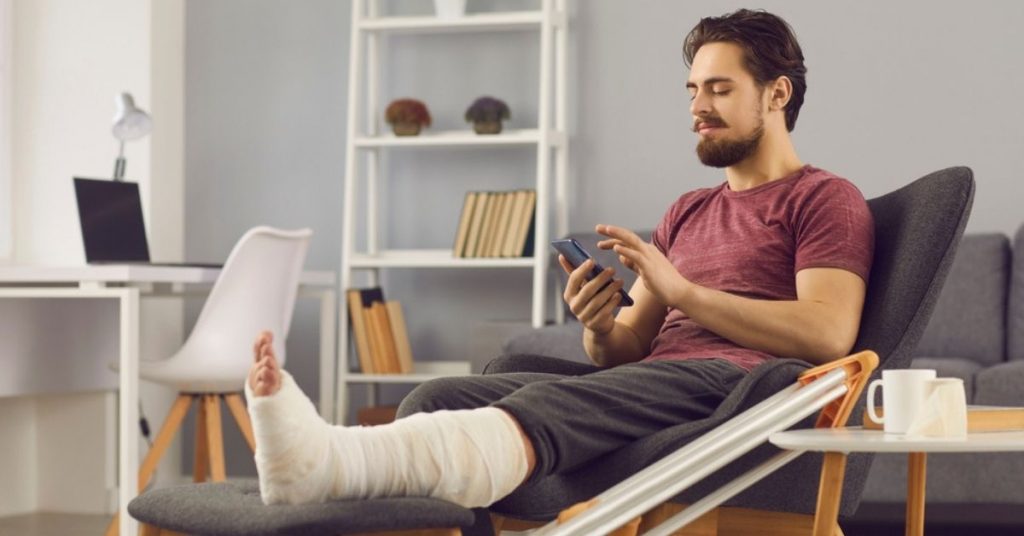
After an injury, the injured area usually needs rest. This may sometimes require bed rest. Adhesive plaster or taping can relieve the athlete in overuse injuries and ligament injuries associated with some swelling.
In the elevation position, the wounded area at rest is positioned above the heart level and supported. It is usually necessary in the acute period. This reduces blood flow, increases drainage, and therefore swelling is minimized. In addition, the load on the injured area is removed.
It can be applied without load only with active muscle contraction at rest (active rest) in the acute period after some ligament injuries and muscle hematomas or 1-2 days later.
For example, knee injuries should start contracting the hamstrings as soon as possible after medical treatment and continue this exercise to minimize the loss of muscle strength. Quadriceps exercises should also be started as soon as possible, depending on the injury. These muscles have an antagonistic effect on the anterior cruciate ligament, so should be done after consultation with the doctor.
Resistant exercises are applied during the rehabilitation process, following resting and active-non-resistant exercises. It can be applied by gradually increasing the burden on the injured leg, or by increasing the mobility of the shoulder joint and increasing the muscle strength in shoulder injuries.
Active Rest: A complete rest after injury is unnecessary. The injured area should be at rest, no weight should be placed on this area, but the rest of the body should be exercised with active muscle exercises and conditioning.
The athlete who is taken to the plaster can have active muscle exercises on other body parts and can maintain his condition. Bicycle exercise can be done. The body part in the plaster should be kept in elevation and static exercises should be done to the muscles. If pain, numbness or coldness is felt in the immobilized muscle, a doctor should be consulted because the cast may need to be readjusted.
Cold Application (Crypterapi)

Cold application has an important place in the treatment of acute soft tissue injuries and is widely used. Its purpose is to control and minimize bleeding and swelling. It is also used for pain relief and overuse injuries.
To be effective, it must penetrate deep tissues. The wider the injured area, the longer the cold application time should be. There is a risk of local cold injury in cold application, so the skin over the injured area should be protected. A bandage or handkerchief, etc. It can be put between the skin and the ice bag.
The main effect of cold application is the vasoconstriction of the blood vessels and the reduction of the flow to the area. It also has a local analgesic effect. However, its pain relieving effect should not encourage immediate return to activity in the acute phase, as it may mask a more serious injury. Early return to sports activities may delay the recovery by increasing the severity of the injury.
Cold application is beneficial in sports injuries for the following reasons:
Athlete feels improvement in injury complaints
The treatment is easier to apply and well tolerated
There are few cases where it is contraindicated
• It is an inexpensive method
Effects of cold application
• Pain reduction and accompanying muscle spasm do not reduce blood flow in surrounding tissues and do not damage unaffected tissues.
• The contraction of blood vessels decreases blood flow and thus blood flow. Minimal blood flow in the injured area shortens the healing process
Capillary blood flow decreases and swelling is minimized.
• Reduces the risk of more tissue damage due to regional oxygen deficiency due to decreased metabolism in the tissue.
Ice Massage: First it increases the contraction of local blood vessels, then increases blood flow by causing the vessels to dilate due to reflex dilation. It is used in the treatment and rehabilitation of injuries. Its effect is increased by hot-cold application.
Hot Application Therapy (thermotherapy): Hot application is useful in reducing the pain that occurs in inflammation, which is the body’s defense mechanism against injury or overuse. After muscle and ligament injuries caused by overuse or trauma, cold application and bandaging are used in the acute period to prevent swelling and bleeding. There is no risk of bleeding after the initial 48 hours, and hot application during this period accelerates the healing process by increasing blood circulation.
The most important effect of hot application is on collagen fibers. The tendon consists of 90% collagen fibers and 10% elastic fibers. Collagen fibers have adhesive and elastic properties, so the faster load is placed on a tendon, the harder it is (less elastic) and the less stretchable it becomes. Hot application increases elasticity and plasticity, collagen fibers become more stretched after application and muscle spasm decreases. This reduces the risk of injury.
Used in the prevention and rehabilitation of heat overuse injuries and prevention of complications after muscle and tendon injuries. Warm-up exercises before training and races and in cold weather are important because they increase joint mobility and the effects mentioned above.
As a result, hot application is of great importance in reducing pain, flexibility of collagen fibers and both in the prevention of injuries and in the rehabilitation process.
Hot lamps, sauna, shortwave diathermy, ultrasound, hotpacks, and heat protectors are methods used in hot application.
Bandages
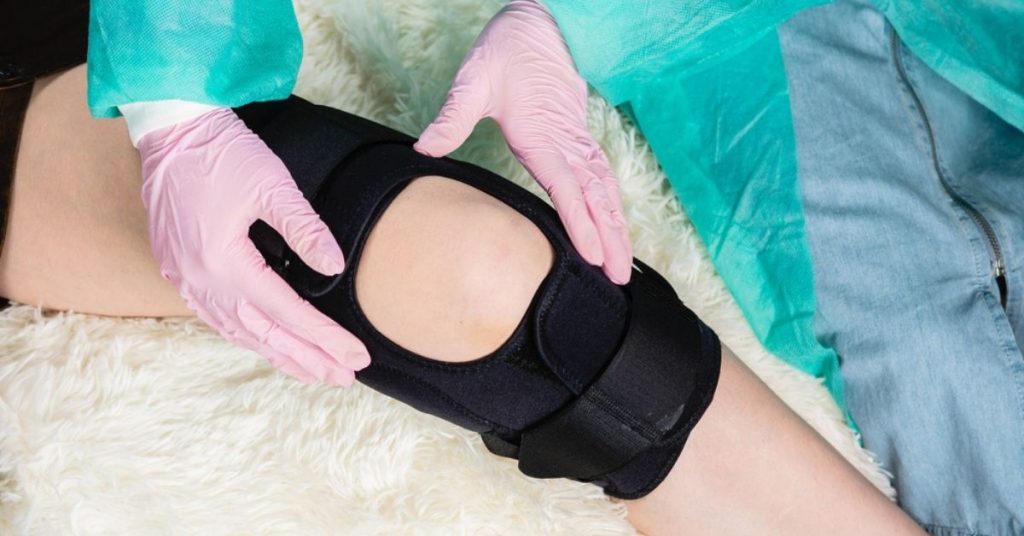
Support bandages: Different types of supportive bandages are used according to the desired degree of stability.
Elastic bandages: used to support gauze, pads or ice pads placed on the injured area and to apply pressure to the area in acute injuries. Like ankle sprains. It is flexible and can stretch after use, which makes it disadvantageous for long-term use. However, it is advantageous if it is washable and reusable.
Adhesiv Elastic Bandage: Its rigid and flexible structure and adhesiveness feature provides a strong supporting function. It is especially useful for knee, ankle and wrist injuries. Adhesive elastic bandages are also used as a preventive support. Their disadvantage is that they cannot be reused.
Plaster: Used in injuries that require full immobilization.
Taping: Taping is a method used frequently in the sports world. Athletes often face muscle, tendon, and ligament injuries that require long recovery. During the recovery period, sports activities should be avoided and should not be returned to sports before complete recovery. After the initial rest, rehabilitation begins and continues for a certain period of time depending on the type and severity of the injury. As a rule, it takes a long time for a muscle or tendon to regain full strength and mobility. A newly healed injury is susceptible to a new injury and can easily recur if training is started early or if overburdened. The occurrence of such a situation can be reduced by supporting methods such as bandaging.
The main purpose of bandaging is to support a weak area without limiting its function, but by preventing movements that increase stress in the injured area.
Application Purposes
1. Acute injuries:
Bandaging is risky in acute injuries because applying excessive pressure to the area of bleeding and swelling can seriously disrupt the circulation. If an acute injury needs to be bandaged, this should be done by a doctor and an elastic band should be used. Before bandaging, a careful examination should be done, especially the stability should be checked, and if there are signs of a total tear, bandaging should not be applied. Bandaging an acute injury causes the athlete to feel an inaccurate sense of security, encouraging return to sport, which can increase the severity of the injury.
2.Protective Bandaging:
According to some opinions, bandaging the healthy ankle increases the incidence of knee injuries by changing the mechanical forces. However, research shows that this is not the case and reduces ankle ligament injuries. Especially in sports where the ankle is subjected to severe trauma, such as football, volleyball and handball.
3. Bandaging during rehabilitation:
Bandaging is most useful in the rehabilitation process after surgery or medical treatment. It is very common among athletes to use a bandage to return to sports after an injury, but its benefit has not been fully proven. Studies show that bandagelamine does not have a significant effect on the stability of the knee joint, it loses its effect after the first 5 minutes.
Risks of Bandaging
In some cases, bandaging can interfere with circulation, such as acute injuries.
When used for a long time, irritation may occur on the skin. In less than a week, irritation does not occur, but as a general rule, bandaging should not be continued for more than a few hours each time. If bandaging is required for longer than this period, a protective cover should be placed between the bandage and the skin.
Bandages may cause irritation due to mechanical, chemical reasons or allergies, and the severity of irritation may increase due to sweating, itching and bacterial infection.
Practical Tips:
Once the bandaging technique is learned, practicality can be gained with experience.
The hairs in the area should be shaved. If there is an injury or infection in the skin, it should be waited until it heals.
The area to be bandaged should be cleaned because sweat or oil prevents the bandage from sticking and staying in place. An adhesive spray can also be used.
Bandages should not be applied in a circular fashion around a swollen joint because it can impair circulation.
In principle, the bandaging should start above the injured area, take shape over the injured area and end below the injured area.
While bandaging, folds should be avoided because it increases blistering and skin irritation.
The bandage should be carefully removed. If the bandage is uncomfortable, it should be removed and rewound.










